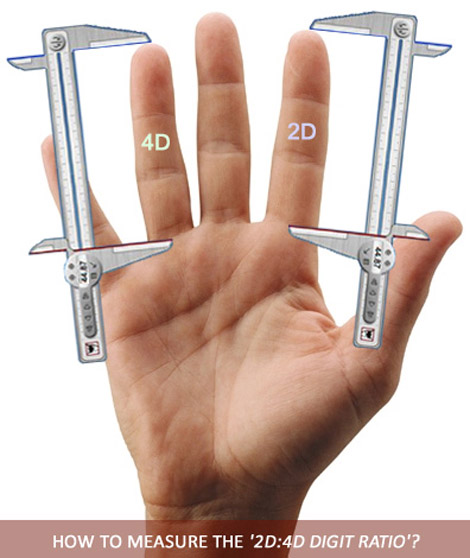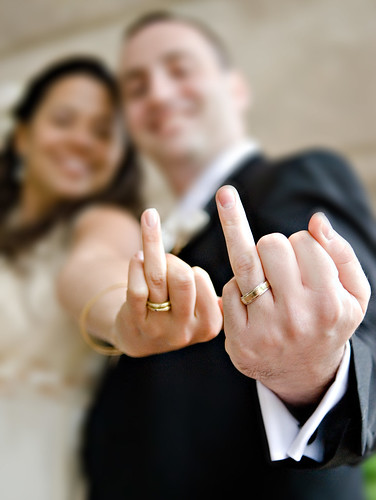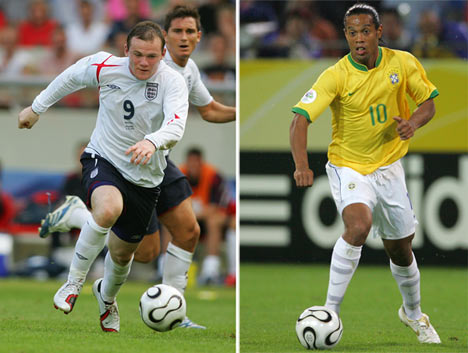|
Video: finger length ratio & athletic ability
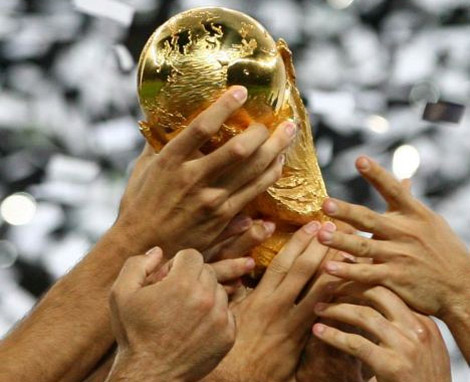 CAN FINGER LENGTH HELP US PREDICT THE WINNER OF THE FIFA WORLD CUP 2010 IN SOUTH-AFRICA? British researchers found confirming evidence that football ability is linked with the so-called '2D:4D digit ratio', which concerns the full-length ratio between the index finger vs. the ring finger. After taking a closer look at the results, a slideshow is presented featured with the hands of 'FIFA Golden Ball Award' winners - including: Pelé, Diego Maradona, Romário, Ronaldo & Zidane! squads of players would be of great interest and may prove to be predictive of success in international competitions such as the World Cup" - Professor John T. Manning in his first book: Digit Ratio (2002, p.139) - The short '2D:4D digit ratio' is a typically male-like characteristic!
Professor John Manning - an evolutionary psychologist at the University of Central Lancashire, and an expert in the area - described: "The digit ratio is a living fossil. It is a record of what the foetus was exposed to at a critical time for the development of many other things." During the past decade multiple international studies have confirmed that a low 2D:4D finger length ratio may point to a rainbow of typically male characteristics, including: fast running speed, endurance running, and visuo-spatial abilities. football players from England and Brazil!
The results of Manning's reports on football players should be seen in the perspective that populations from England are known for having a relative high average digit ratio: 0.98 for males, and 1.00 for females. A few of the reported digit ratio facts: • Average '2D:4D digit ratio' in football amateurs (N=533) = 0.98; • Average '2D:4D digit ratio' in football professionals (N=267) = 0.95; • Average '2D:4D digit ratio' in football internationals (N=37) = 0.94; • Average '2D:4D digit ratio' in black football professionals (N=13) = 0.93; • Average '2D:4D digit ratio' in football professionals (N=99) = 0.93; • Average '2D:4D digit ratio' in first team professionals (N=20) = 0.92;
But in football players 'football ability' especially correlates high with the '2D:4D digit ratio' of the LEFT HAND (confirmed in the sample of English professionals, Brazilian professionals + English youth players). After the final of every FIFA Word Cup one single football player is honoured with the 'Golden Ball Award' - representing the best (most valuable) player of the FIFA World Cup tournament. Time to take a look at the hands of the FIFA Golden Ball Award winners! 'Golden Ball Award' winner World Cup Germany 2006 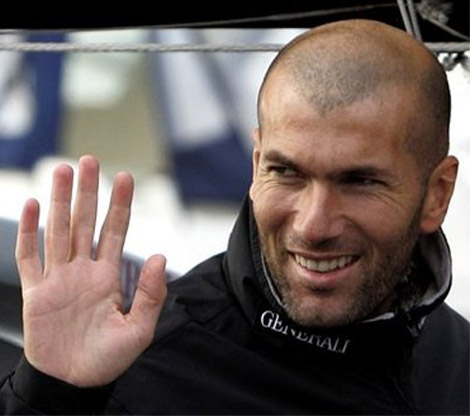 Zinedine Zidane has the low '2D:4D digit ratio' in his right hand (estimatated 2D:4D = 0.90) and his left hand (estimated 2D:4D = 0.91) 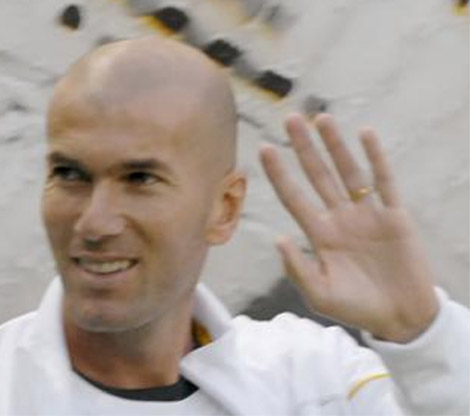 'Golden Ball Award' winner World Cup France 1998 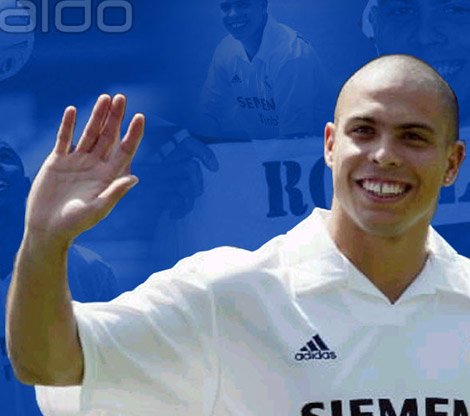 Ronaldo has the low '2D:4D digit ratio' in his right hand (estimatated 2D:4D = 0.93) and his left hand (estimated 2D:4D = 0.94) 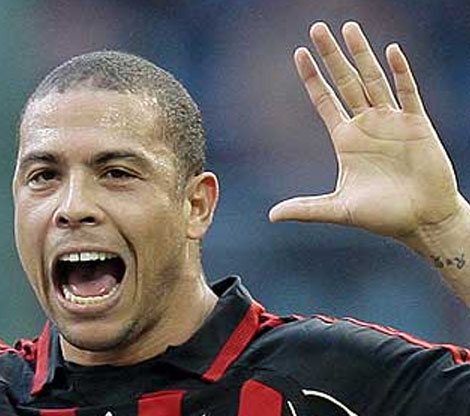 'Golden Ball Award' winner World Cup USA 1994 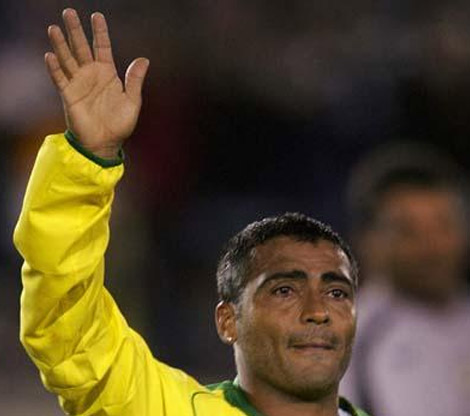 Romário has the low '2D:4D digit ratio' in his right hand (estimatated 2D:4D = 0.93) and his left hand (estimated 2D:4D = 0.93) 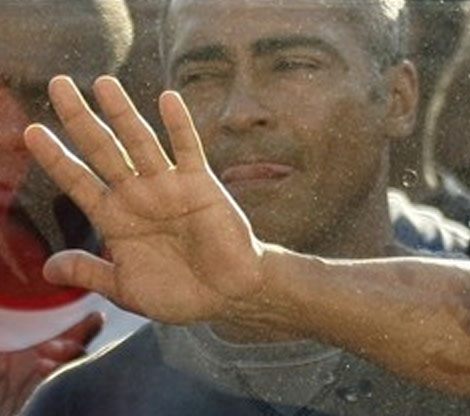 'Golden Ball Award' winner World Cup Mexico 1986 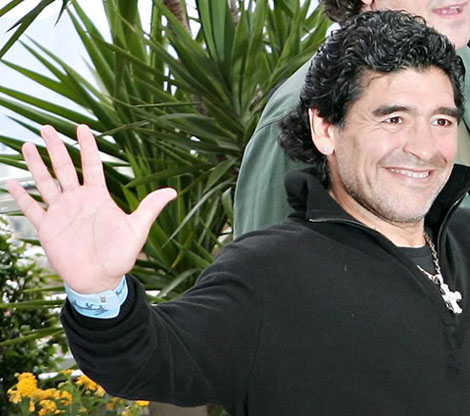 Maradona has the low '2D:4D digit ratio' in his right hand (estimatated 2D:4D = 0.93) and his left hand (estimated 2D:4D = 0.91)  'Golden Ball Award' winner World Cup Mexico 1970 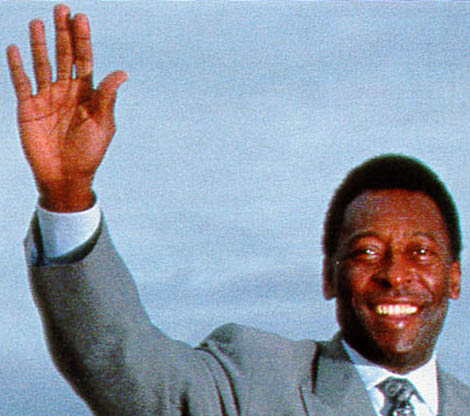 Pelé has the low '2D:4D digit ratio' in his right hand (estimatated 2D:4D = 0.94) and his left hand (estimated 2D:4D = 0.97)  CONCLUSION: Pelé is the only 'Golden Ball Award' winner doesn't has the low '2D:4D digit ratio' in both hands (only Pelé's right hands has the characteristic). Only Maradona & Zidane have a very low finger length ratio (0.91 or below) in one or both hands. But none of these extremely talented football players - all belong to category 'best football players ever' - have the extremely low '2D:4D digit ratio' (below 0.90) in any of their hands. How to measure the '2D:4D digit ratio'? ...more.
|
